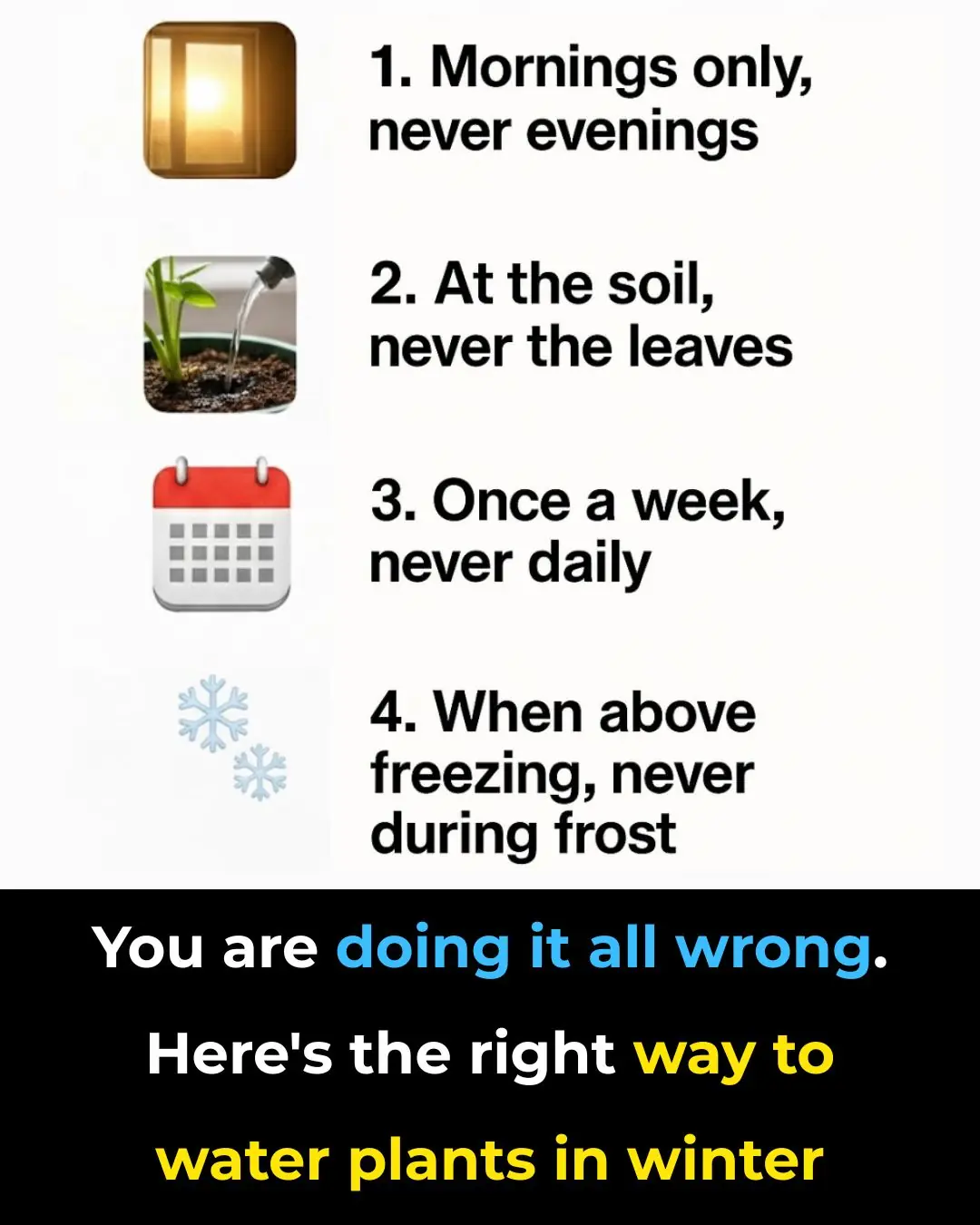
You Are Doing It All Wrong. Here’s the Right Way to Prune Plants Before Frost
As colder weather creeps in, many gardeners turn their attention to frost preparation—but one of the best protective measures is often overlooked: the correct timing and method of pruning. If done incorrectly, pruning before frost can do more harm than good: it may stimulate new growth that can’t harden off, expose plants to disease or wind-damage, or rob them of stored energy needed for winter survival. This guide walks you through how to prune effectively before frost, helping your garden emerge strong come spring.
1. Understanding plant dormancy and why it matters
Before you grab the shears, it’s crucial to understand dormancy. As daylight shortens and temperatures fall, many plants enter a rest phase: growth slows, metabolic activity drops, and the plant reallocates resources to roots and woody structure. Pruning during active growth can prompt new shoots, which are soft, tender and far more vulnerable to frost. Experts emphasize waiting until plants are “dormant” before making major cuts. Homes and Gardens+1 When you prune at the correct time—when leaves have fallen and the plant is at rest—you allow the plant to enter winter protected and reduce risks of die-back or frost damage.
2. Timing your pruning: Late fall is often best—but know your climate
For many plants, the ideal window to trim is late fall: after the first hard frost and once the plant has ceased active growth, but before the ground freezes solid. This timing ensures the plant is dormant and new growth is avoided. For example, gardening resources recommend pruning some shrubs and perennials in October, just before severe cold sets in. Gardening Know How+1 However, timing depends heavily on your zone and the species you’re pruning. The key is avoiding pruning too early (when growth is still active) or too late (when cuts may not heal before winter). Some experts caution that trimming in a “false fall” (a temporary cooldown followed by warmer weather) can trick the plant into producing new growth that won’t harden off. Homes and Gardens
3. How to identify dead versus live growth
An important step is being able to tell what to prune and what to leave. Dead branches typically feel brittle, may appear brown or shriveled, and will often break easily. In contrast, live branches have green, moist tissue beneath the bark (scratch lightly to check). BBC Gardeners World Magazine Removing dead or diseased material improves plant health and airflow, which is especially important before winter. But avoid removing too much live growth, as plants rely on those branches for energy storage over the cold months.
4. Using clean, sharp tools: hygiene matters
Proper tools are just as important as proper timing. Dull or dirty shears make ragged cuts that heal slowly and invite disease. Gardening authorities strongly recommend sterilising blades before use (e.g., with alcohol or a mild bleach solution) and ensuring your tools are well maintained. BBC Gardeners World Magazine A clean cut heals better and faster, reducing the window for pathogens. Regular tool maintenance is a small investment with a big payoff in plant health.
5. Pruning techniques vary by plant type
Not all plants should be pruned the same way. Deciduous trees and shrubs often benefit from thinning cuts (removing full branches at the base to improve light and air). Evergreens may need lighter heading cuts (trimming branch tips) rather than heavy shaping. Fruit trees require targeted pruning: remove crossing branches, dead wood, and open the canopy so light and air penetrate—boosting next year’s yield. Some references recommend light trimming in late fall for such trees so they enter winter structurally sound. The Independent Always research the specific species you’re pruning—what works for one plant may harm another.
6. Why you should avoid heavy pruning of roses before frost
While many plants benefit from late fall trimming, heavy structural pruning of roses is often best left until late winter or early spring. According to experts, pruning too early can stimulate new shoots that haven’t hardened off before cold snaps, leaving roses vulnerable to dieback and winter kill. Epic Gardening+1 For roses in cold zones especially, minimal trimming of dead, diseased or crossing canes in fall is okay—but major shaping should wait until the plant is fully dormant and rising sap signals the return of growth.
7. The risks of over-pruning and how to avoid them
A common mistake is removing too much foliage or wood in one pruning session. Over-pruning reduces the plant’s ability to photosynthesise and store energy. It also creates a root-shoot imbalance, which stresses the plant. Gardening guides warn that pruning at the wrong time or too heavily can leave plants weak, open to pests/diseases, or slow to recover. BBC Gardeners World Magazine A general rule: don’t remove more than about one-third of a plant’s total growth at once, unless directed by species-specific guidance.
8. Fall pruning “hacks” that really do work
With the explosion of online gardening tips, it’s important to separate the helpful from the harmful. One useful tip: dusting fresh pruning cuts with cinnamon powder can help limit fungal infection. Another: using coffee grounds as a mild fertiliser around acid-loving plants like azaleas and blueberries well before frost. These are lower-risk than dramatic reshaping in fall. That said, always cross-check any “hack” with a trusted horticultural source before doing something that could backfire.
9. Common mistakes and how to avoid them
-
Cutting too late or in wet/frozen ground: If the soil is frozen, roots can’t uptake moisture and any wound may heal slowly, inviting rot.
-
Pruning during a “false fall”: A warm spell followed by deep cold can trick plants into new growth that doesn’t harden off. Homes and Gardens
-
Leaving long stubs: Cuts should be just outside the branch collar at a slight angle so water runs off and healing is quick. BBC Gardeners World Magazine
-
Pruning during active growth or stress: When plants are stressed (drought, heat, cold), avoid major pruning. Homes and Gardens
-
Neglecting clean-up: Remove diseased or dead material, do not compost it if infected, and tidy garden beds ahead of winter. Better Homes & Gardens
10. Preparing your garden for winter — beyond pruning
Pruning alone is not enough. Comprehensive winter prep should include:
-
Mulching: A 2-4 inch layer around the base of plants insulates roots against freeze/thaw cycles. Real Simple
-
Deep watering: Before the ground freezes, give plants one last deep soak so roots have moisture going into winter. Real Simple
-
Debris removal: Dispose of or remove fallen leaves and spent annuals that can harbour pests or pathogens. The Independent
-
Container plant protection: Move tender potted plants to frost-free zones or wrap them to protect against root freeze. The Independent
-
Tool care: Clean, sharpen and store your pruning and garden tools so they’re ready for next season. Real Simple
11. Tools of the trade: what every gardener should have
To prune effectively, make sure you have:
-
Sharp bypass pruning shears (for smaller stems)
-
Loppers (for thicker branches up to ~2 inches)
-
A pruning saw (for larger limbs)
-
Cleaning supplies (alcohol or bleach solution for tool hygiene)
-
A sharpening stone or file (for tool maintenance)
Using the right tools makes cleaner cuts—and when combined with correct timing and technique, results in healthier plants, less waste, and easier seasonal care.
Conclusion
Pruning before frost isn’t just about chopping back plants—it’s about timing, technique and care. Done right, it supports plant health, reduces disease risk, and gives your garden a strong start next spring. Done wrong, it can trigger vulnerable growth, waste plant energy, and invite damage. By recognising dormancy, using clean tools, tailoring your approach to plant type, and combining pruning with broader winter prep, you give your garden the best chance to flourish. Think of it not as “one last trim” but as strategic preparation. Your plants will thank you in the season to come.
News in the same category

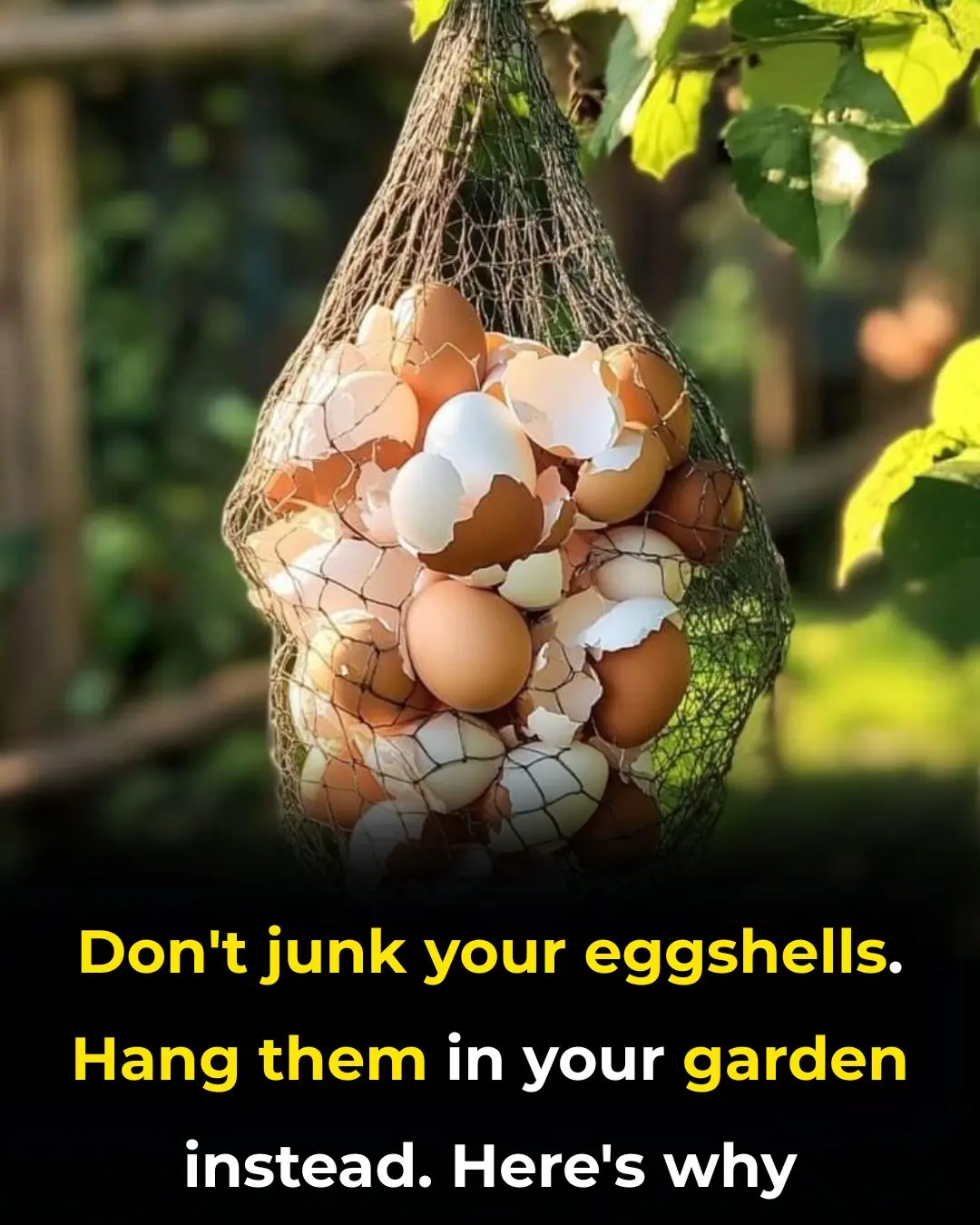
Don’t Junk Your Eggshells. Hang Them in Your Garden Instead. Here’s Why

My nana taught me this hack to make orchids rebloom fast in 5 minutes with 0 work — here’s how it really works

Angela Witherspoon Is Downsizing. See What She’s Asking for John Witherspoon’s L.A. Estate

Kevin Hart Calls His Friend Investments ‘An Endless Pit of Bankruptcy.’ And He’s Not Joking

Meet The First Black Woman To Earn a Ph.D. in Neuroscience from the University of Rochester

Strictly Come Dancing fans desperate to know if Vito Coppola is married as he and Ellie Goldstein leave show

Meet 102-Year-Old Eloise Brown, the Philadelphia Eagles Biggest and Longtime Fan

Meet The Couple Behind The First Black-Owned Virtual Bridal Company

Strictly stars Balvinder Sopal and Julian Caillon given much-needed boost following third dance-off

Rev. Al Sharpton Leads ‘Buy-In’ at Harlem Costco to Support Companies Prioritizing DEI

Strictly star Ellie Goldstein’s future ‘revealed’ as she breaks silence on exit

Obama Photobombs Cherry Blossom Picture in Heartwarming Unforgettable Moment for D.C. Family

Jennifer Aniston finally goes Instagram official with new boyfriend Jim Curtis: ‘My love’

Announcement made over King Charles’ residences Buckingham Palace and Windsor Castle as tickets revealed

NYC mayor-elect Zohran Mamdani vowed to "stop" Donald Trump during his victory speech

Gemma Atkinson addresses outrage over 'wedding dress' choice as Gorka hits back

Nina Dobrev mocks her split from Shaun White with pointed Halloween costume
News Post

You Are Doing It All Wrong. Here’s the Right Way to Water Plants in Winter

Don’t Junk Your Eggshells. Hang Them in Your Garden Instead. Here’s Why
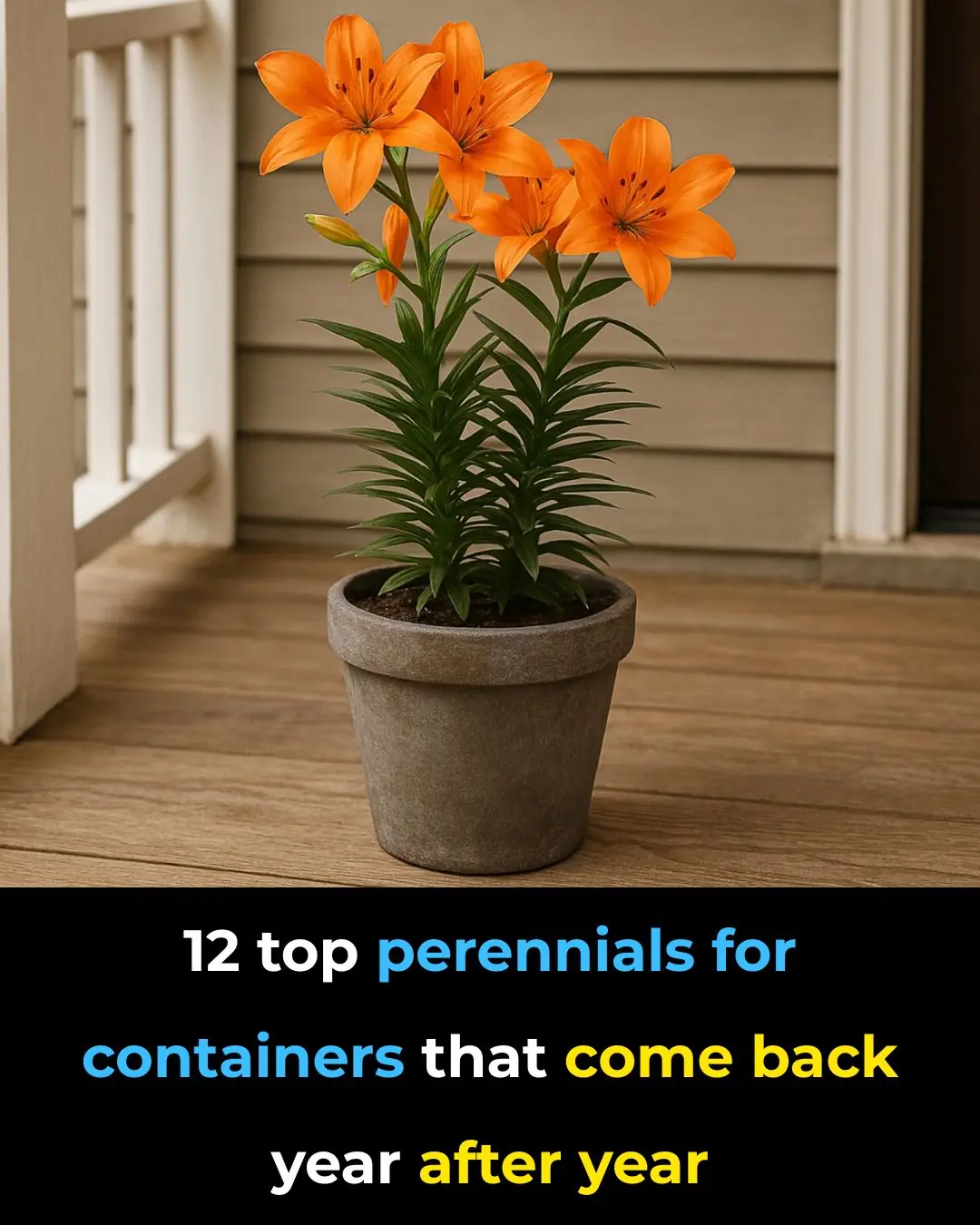
12 Top Perennials for Containers That Return Year After Year

My nana taught me this hack to make orchids rebloom fast in 5 minutes with 0 work — here’s how it really works

DIY Egg & Vaseline Hair Mask for Extreme Shine and Smoothness 🥚🌟

Arthritis warning: 10 everyday foods making your pain and inflammation worse
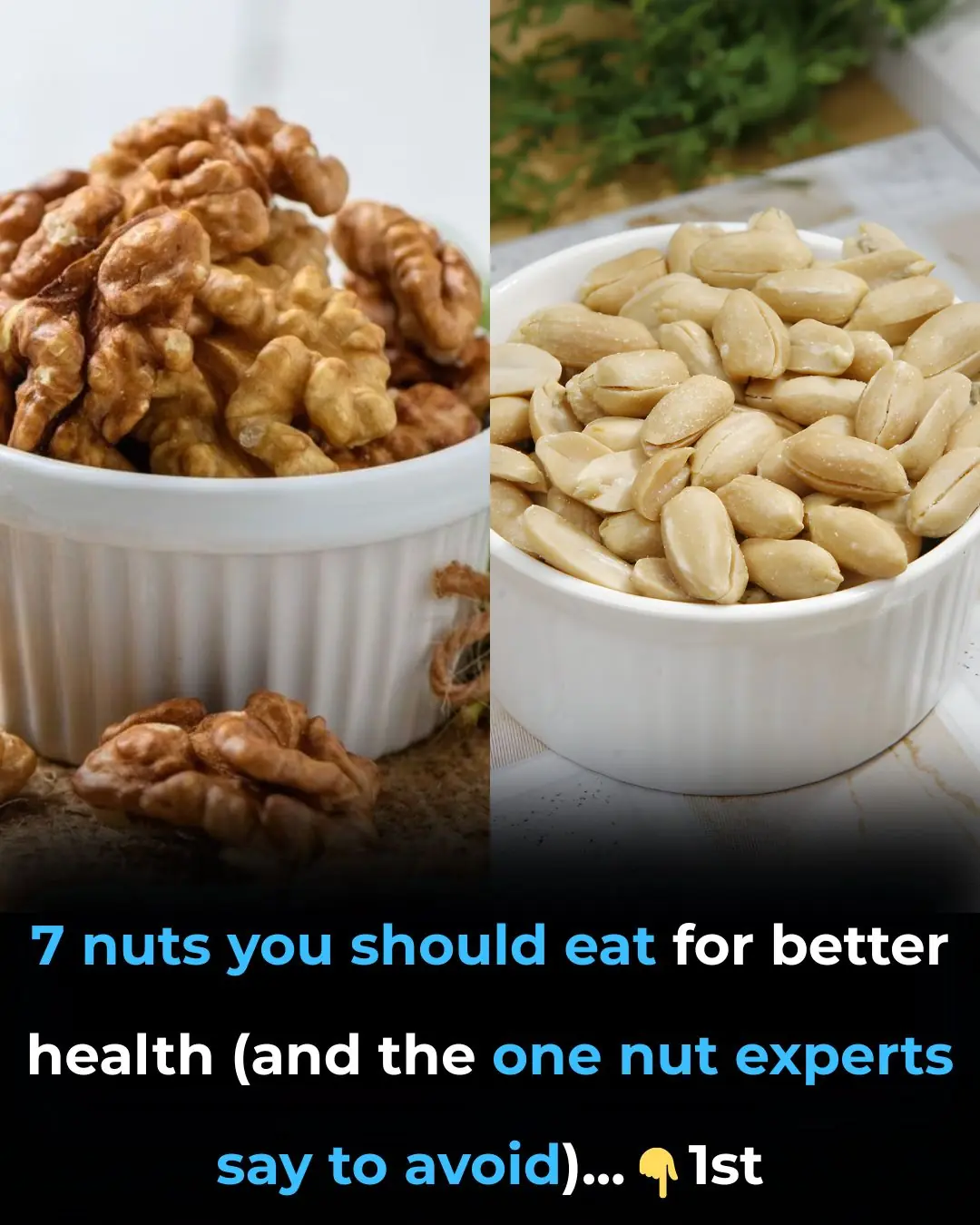
7 nuts you must eat for better health (and the #1 nut you should NEVER touch)

9 Warning Signs of Diabetes You Shouldn’t Ignore
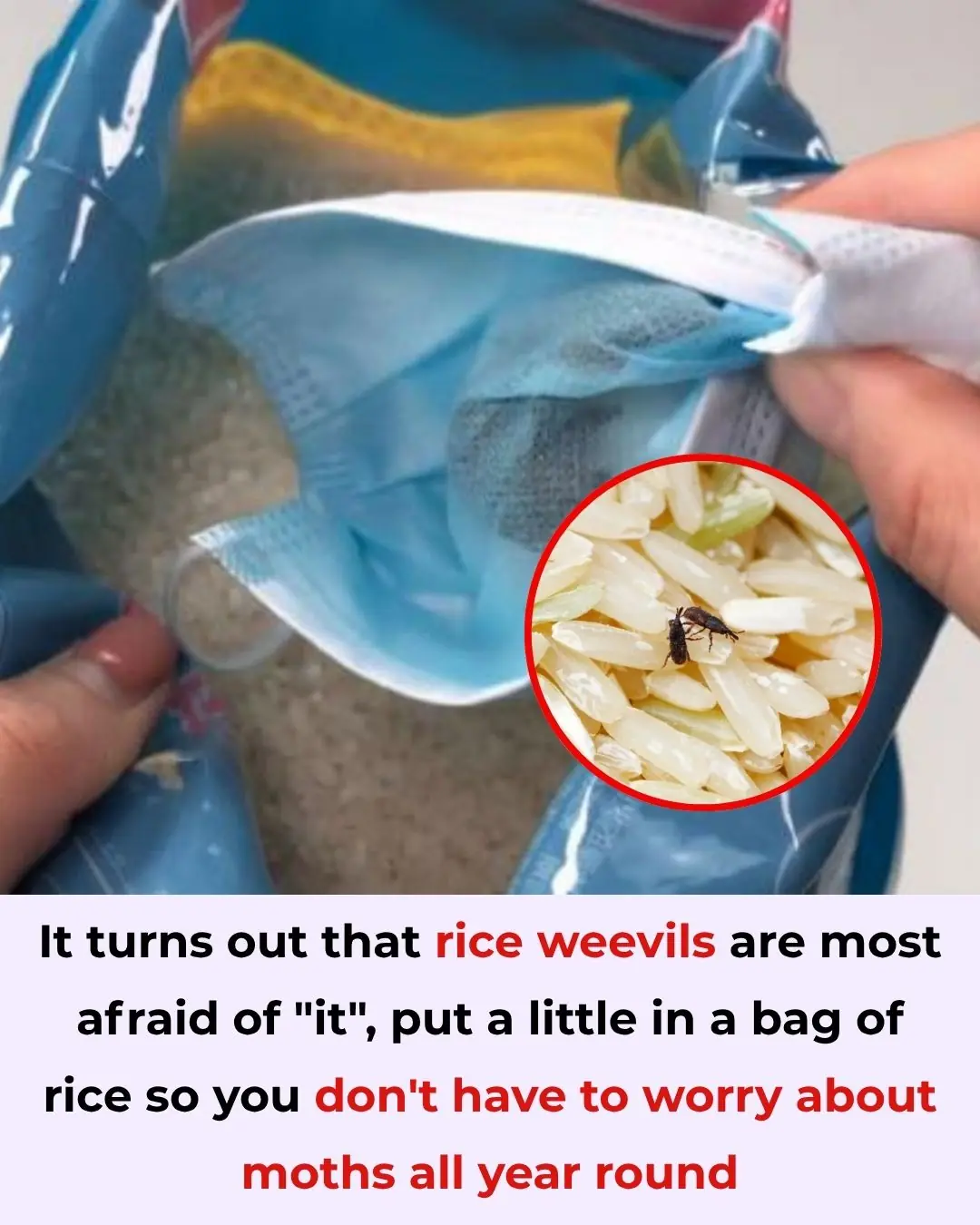
It Turns Out Rice Weevils Fear “This Thing” the Most – Put a Little in Your Rice Bag and You Won’t Worry About Pests All Year

6 Household Appliances That Consume More Electricity Than Air Conditioners and Refrigerators: Unplug Them to Avoid Skyrocketing Bills
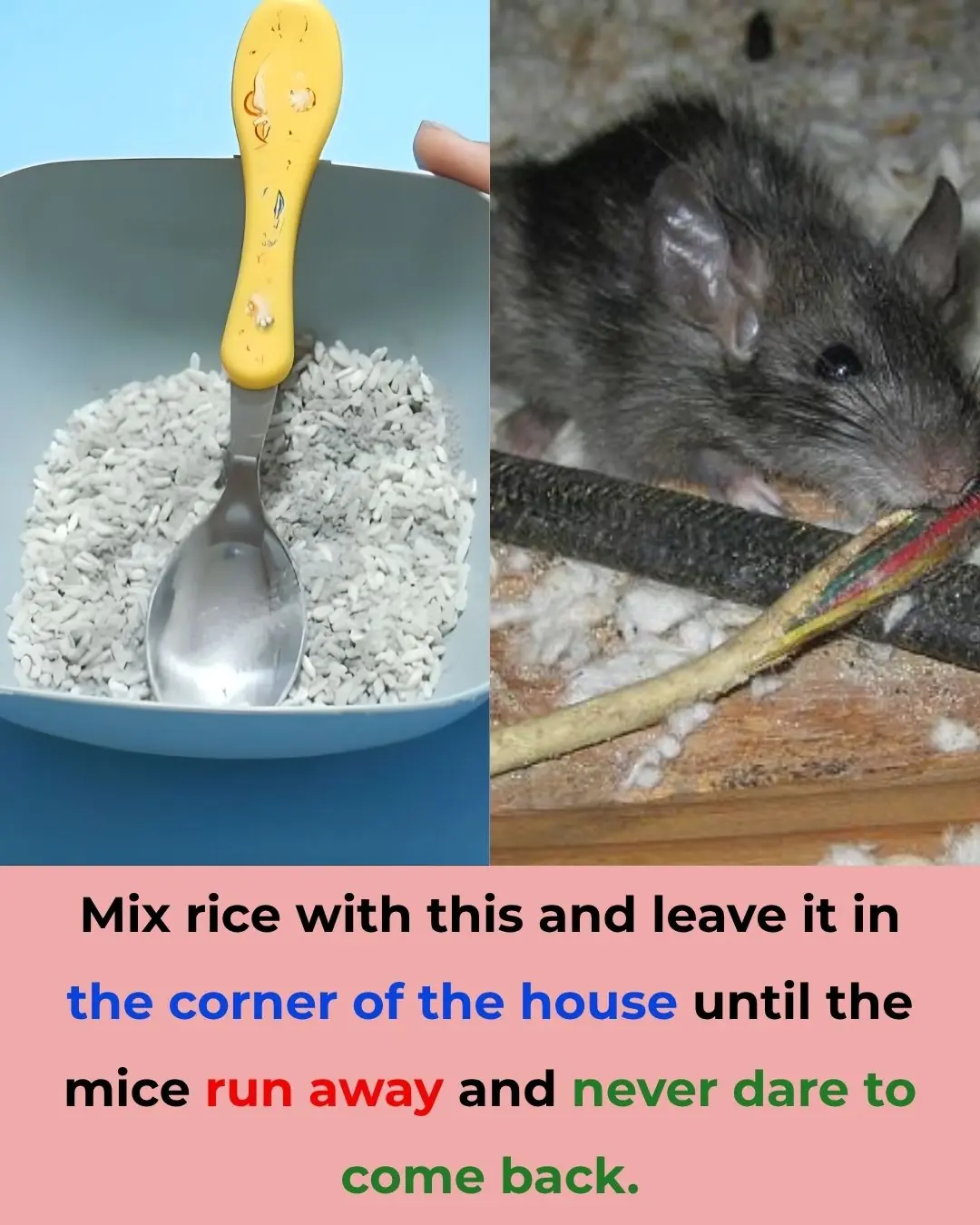
5 Natural Ways to Keep Mice Away from Your Home Without Using Poison

Mix Leftover Rice with Laundry Detergent – A Surprising Household Hack That Solves Common Problems Without Costing a Dime
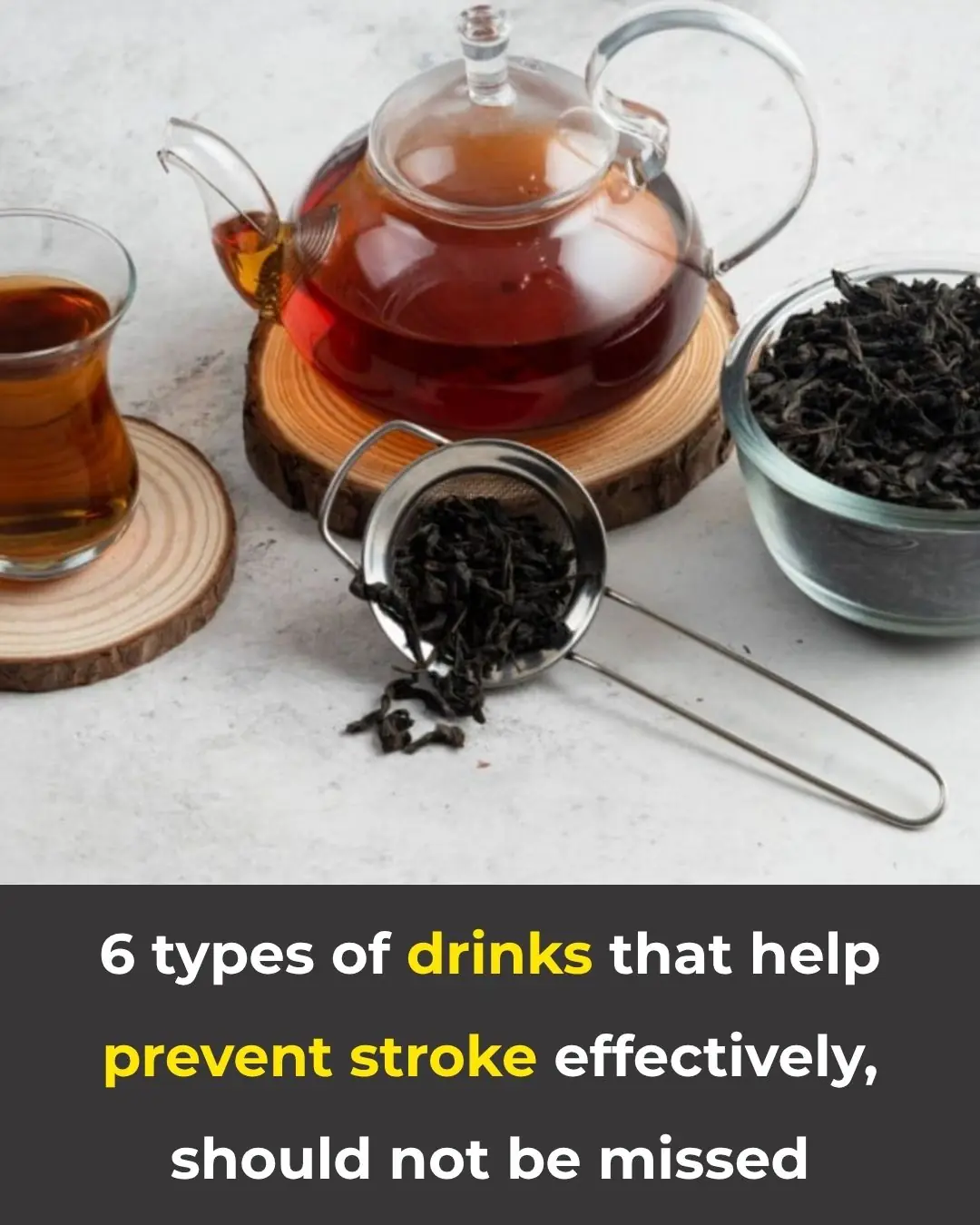
6 Healthy Drinks That Help Prevent Stroke — Simple, Effective, and Worth Adding to Your Routine

Air Conditioner Leaking Water Indoors?
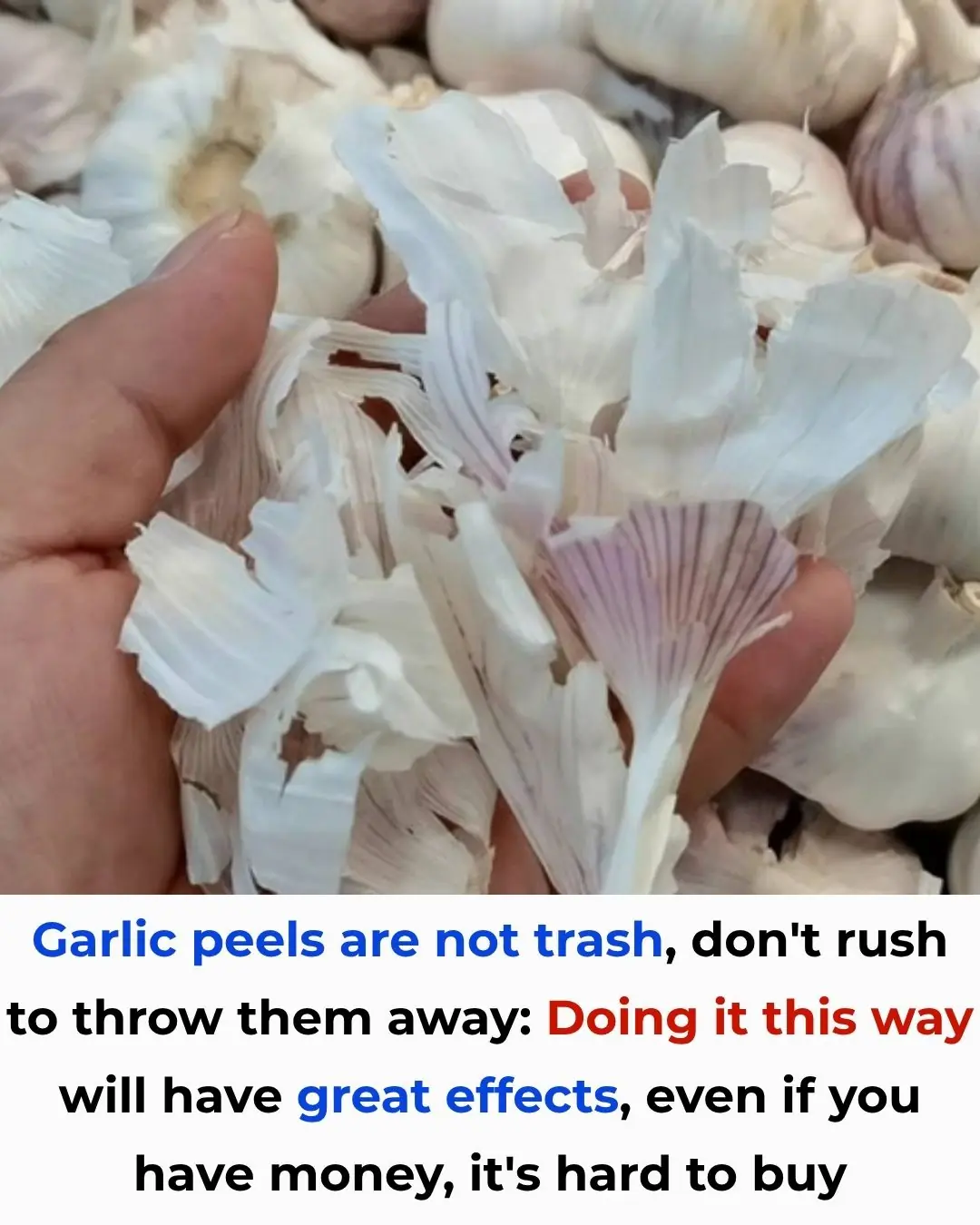
Garlic Peels Are Not Trash – Don’t Throw Them Away!

Why Your Acne Is Returning as an Adult

1 Cup to Cleanse Your Lungs of Phlegm and Toxins

How To Spot Eyelash Mites
